Max Ernst (1897-1976) was a German-born artist who was known for pioneering the Dada and Surrealism movements. Although he was never formally trained, he created countless paintings, sculptures, prints, and collages depicting the surreal and unnatural.
As a young adult, he studied philosophy, which was where he became interested in the art of the mentally ill as they were full of unbounded creativity and emotion.
After serving in WWI, Ernst was traumatized by the things he saw during his time in the trenches, and he used art as an outlet for his trauma. He became critical of western culture and the modern world, which was a common theme in his works.
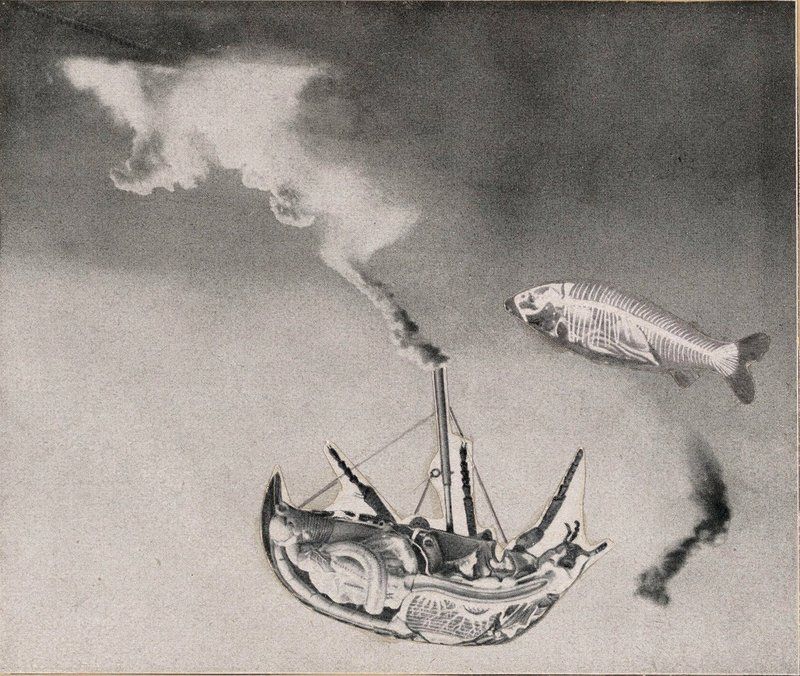
–
Ernst became particularly interested in collage after the war and produced a few collages alongside Dadaists Jean Arp and Johannes Baargeld.
–
EDIT: Typo.. changed Aro to Arp
He created two techniques: frottage and grattage, which contributed to the Surrealist movement.
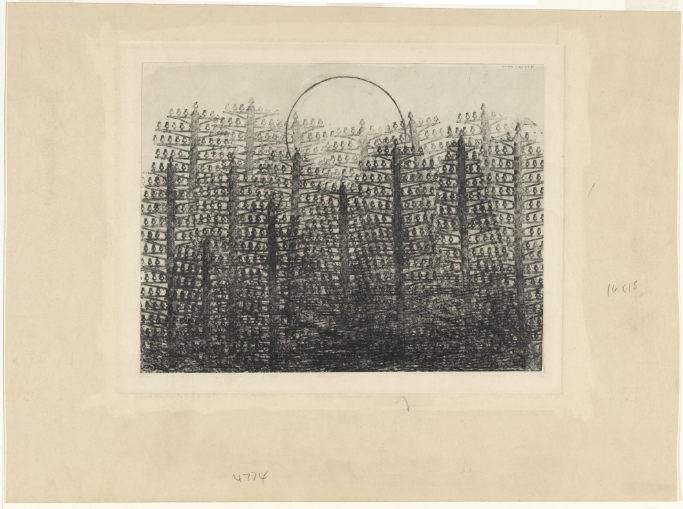
–
This work utilized his frottage technique, which involved laying a piece of paper over a textured surface and going over it with a pencil to record the surface.
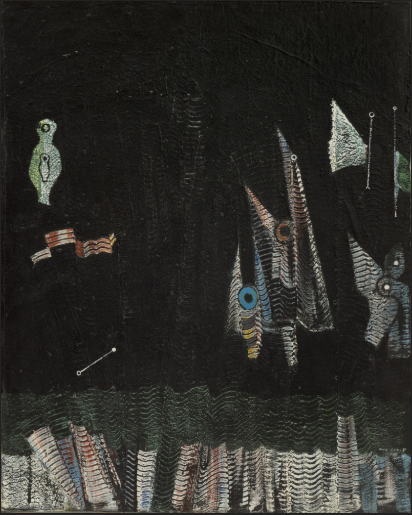
–
A similar technique created by Ernst, grattage involved scraping the paint off a canvas covered with a layer of oil paint to create an interesting texture.
Ernst’s work is incredibly complex and requires one to look at it more than once. It clearly reflects the mind of someone who is disillusioned and critical of societal norms. I like how the subjects in his paintings stand out against softer backgrounds.
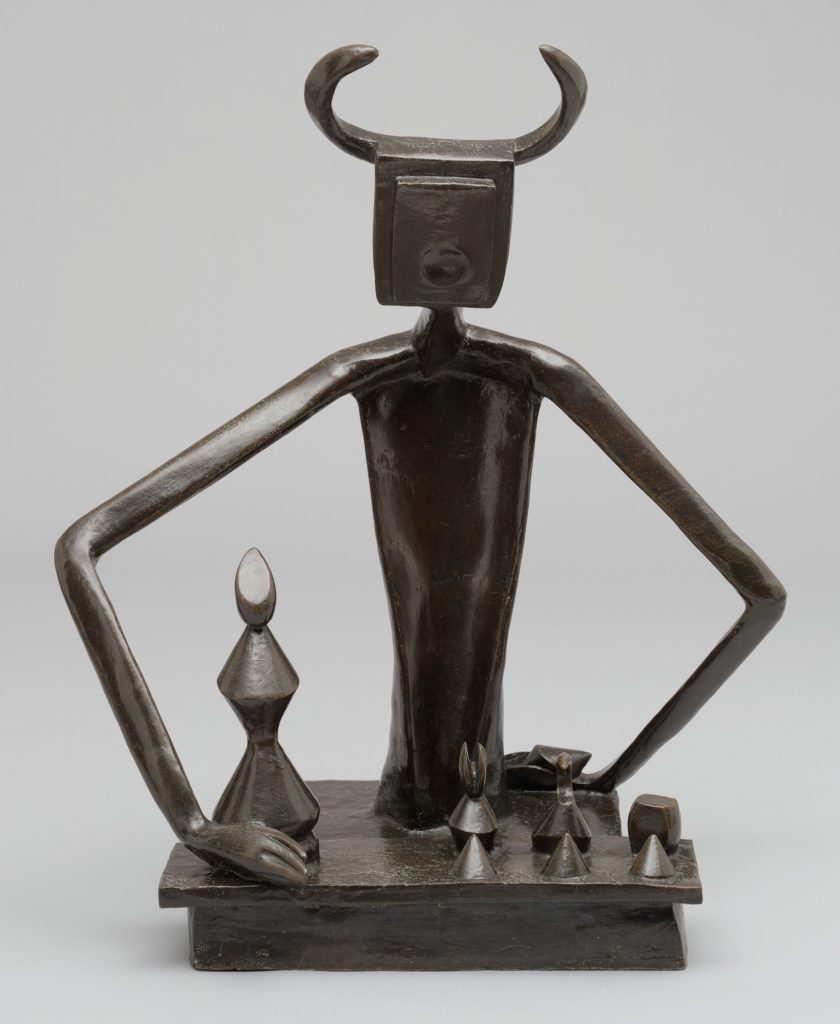
–
Later in his career, Ernst turned his attention to sculpture. The sculpture above reflects his interest in African art.
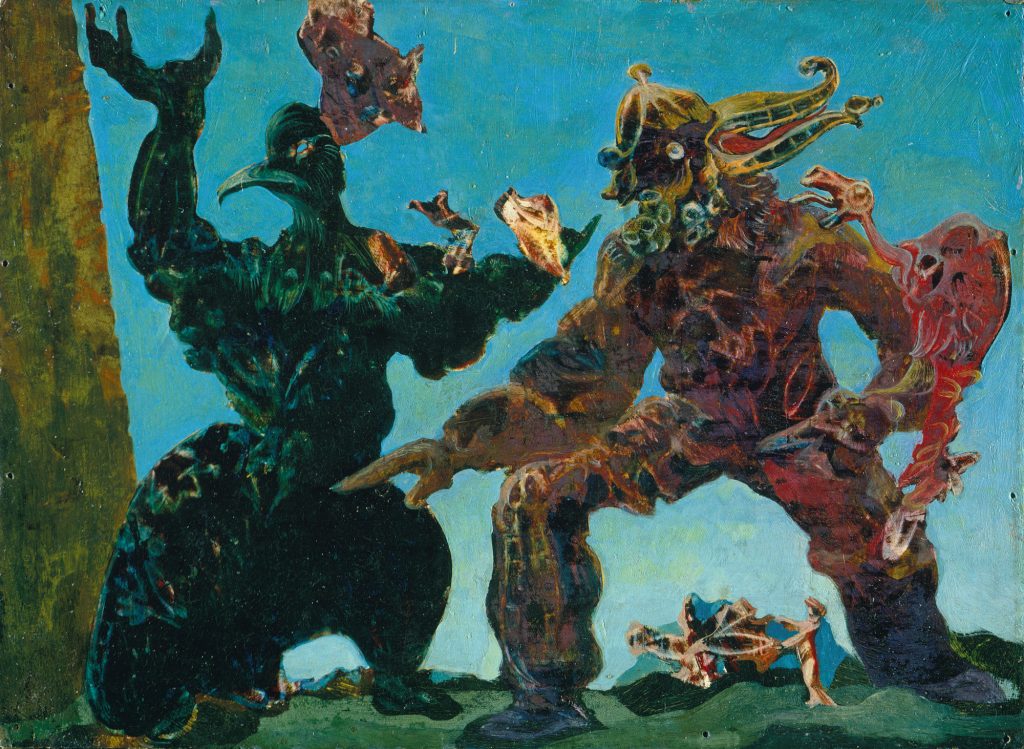
Sources:
www.britannica.com/biography/Max-Ernst
www.museothyssen.org/en/collection/artists/ernst-max/solitary-and-conjugal-trees

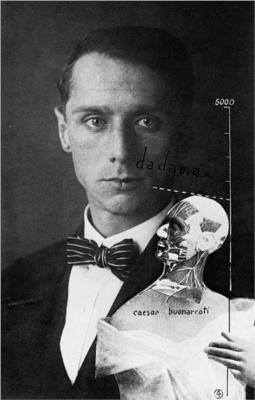
Michelle,
Good work on Seurat, Mac, and Ernst. Lots of solid research and interesting personal feelings and comments. Just wondering with your comparison to other Dadaist artists in the Ernst post, you mentioned Jean Aro… did you mean Jean Arp aka Hans Arp?